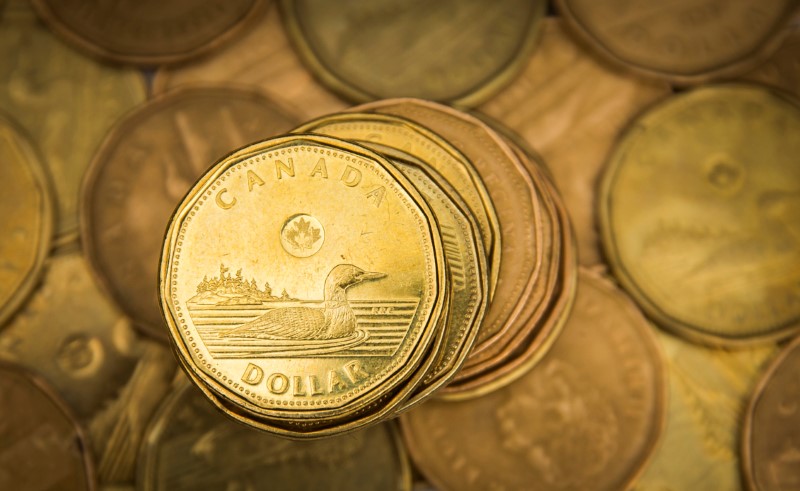By Ketki Saxena
Investing.com -- The Canadian dollar traded largely flat against its US counterpart today, supported by risk appetite and higher crude prices, and having somewhat shrugged off yesterday’s smaller-than-expected 50 bps move from the Bank of Canada.
The US dollar meanwhile weakened as investors continue to bet that the US Federal Reserve is closing in on a pause or pivot in its recent rate hikes (following the 75 bps move markets are pricing in for November.)
At 3:30 p.m ET, the USD/CAD pair was trading at C$1.3563 to a US dollar, up 0.09% In the day’s trading, and with the day’s range of 1.3496 - 1.3628.
Last week, comments from Fed policymakers, a report from WSJ, and a slew of weak economic data appeared to indicate the Federal Reserve would soon need to slow its rate hikes, putting a damper on the dollar.
Data today - despite a better-than-expected GDP reading (2.6% instead of the 2.4%) forecast, jobs data showed an accelerated softening in the US labour market as the Fed’s rate hikes trickle through the economy.
Initial Jobless Claims rose to 217K while Continuing Claims jumped to 1.438M, the highest in months. The greenback lost momentum after the numbers and trimmed gains across the board as investors pared back bets for Fed moves subsequent to November.
However analysts at MUFG “are not convinced the US dollar and Fed rate hike expectations have peaked out yet.”
The analysts note that “Yesterday’s decision from the BoC supports our view that yield spreads between the US and Canada will continue to move in favour of USD as the Fed hikes rates for longer and lifts rates higher than the BoC during this hiking cycle.”
Yesterday, the Canadian central bank hiked its interest rate by 50 basis points, a smaller move than had been expected - a tailwind for the loonie. However, the pair appeared to shrug off the data, largely due to broad-based weakness in the US dollar rather than the loonie’s strength.
Analysts at Rabobank write, “In terms of USD/CAD, the unwind of the initial spike higher to 1.3650 was somewhat surprising, but the recent decline in the pair is a product of a USD positioning clearout rather than a change in trend”.
The Canadian dollar did however receive some support from crude prices after record U.S. crude exports and signs that recession fears as rate-hike bets for the Fed pare back.
Analysts at both Rabobank and MuFG expect USD/CAD to move back towards the 1.4000 level as USD strength re-emerges in the coming weeks.
Up next, investors will be awaiting Canada’s August GDP report tomorrow.
